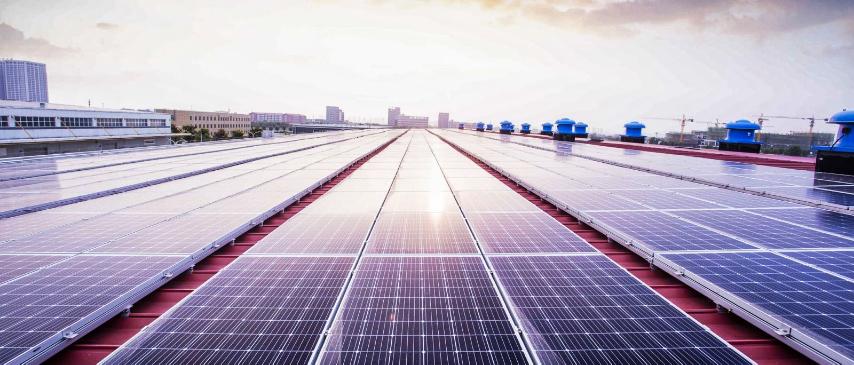The use of solar energy has grown in popularity in the past few years due to its sustainability and reliability, especially during power outages. With the increasing number of consumers, businesses, and institutions considering using solar energy for their power needs, it is likewise essential to be mindful of the size and quality of solar installations and to have a partner to support these projects as the Philippines continues to brace for the impact of typhoons year after year.
Recent incidents, such as the severe damage caused to a 300 MW photovoltaic hydrogen production project in Northwest China due to a level 13 sandstorm, have highlighted the need for caution. Shocking videos of the incident showed that many of the ultra-sized panels were broken, causing the loss of around 200 MW of power plants. The losses from this disaster have put the 1-billion-dollar investment at risk and will significantly delay operations.
Several groups have already warned against using such ultra-sized modules, and companies such as LONGi are taking steps to raise awareness among developers and energy providers or procurement groups in the Philippines.
“PV technology is evolving very fast; module size keeps getting bigger over the past few years, along with cell technology and efficiency. Most of the investors’ target is to maximize their return, but some developers who are new to solar believe the notion that higher power output represents better technology,” said Jonathan Xu, Asia Pacific Marketing Manager of LONGi.
LONGi, a global solar technology leader and the largest supplier of solar panels worldwide, believes that 182mm modules can generate more energy than 210mm modules due to a lower operating current. Xu explains that in some regions like the Philippines, typhoons can potentially cause severe damage to a solar power plant as bigger-sized modules with equal glass protection are not rated for higher dynamic loading.
They recognize that many developers in the Philippines are also considering purchasing ultra-sized modules from other providers locally, which can be problematic as wind levels during the typhoon season are higher. If there are similar incidents in the Philippines after a typhoon, the possibility of brownouts happening again is high if solar projects are offline for an extended period.
In this light, LONGi is offering solid recommendations on how users can protect their investments and projects in the long term. By partnering with reliable providers, users can ensure the quality of their solar installations and minimize the risk of damage from adverse weather conditions. It is also essential to conduct regular maintenance and inspections of solar panels to identify and address any issues before they escalate.
“We don’t want to see another incident like the one in China, but once that happens, it will cost developers millions of dollars and delay their construction schedule. For an infrastructure project designed to last for over 25 years, it’s crucial to minimize such risks without spending more in the initial CAPEX,” Xu added.
Since 2021, the cost of energy provided by solar power has been the lowest in many countries, particularly with the assault of the pandemic and regional war leading in coal and LNG price spikes. The cost of energy generated by fossil fuels has already risen dramatically in recent months which place a significant strain on utilities, resulting in increased electricity rates.
“For non-solar panel users, we also encourage you to install solar systems on your rooftops. The current trend shows that the cost of electricity from renewable sources will be much cheaper than purchasing it from local utilities. Additionally, consumers should also note that solar systems last for over two decades; a stable power demand should be ensured prior to investing in solar,” said Viktoria Locson, Country Lead of LONGi Philippines.














